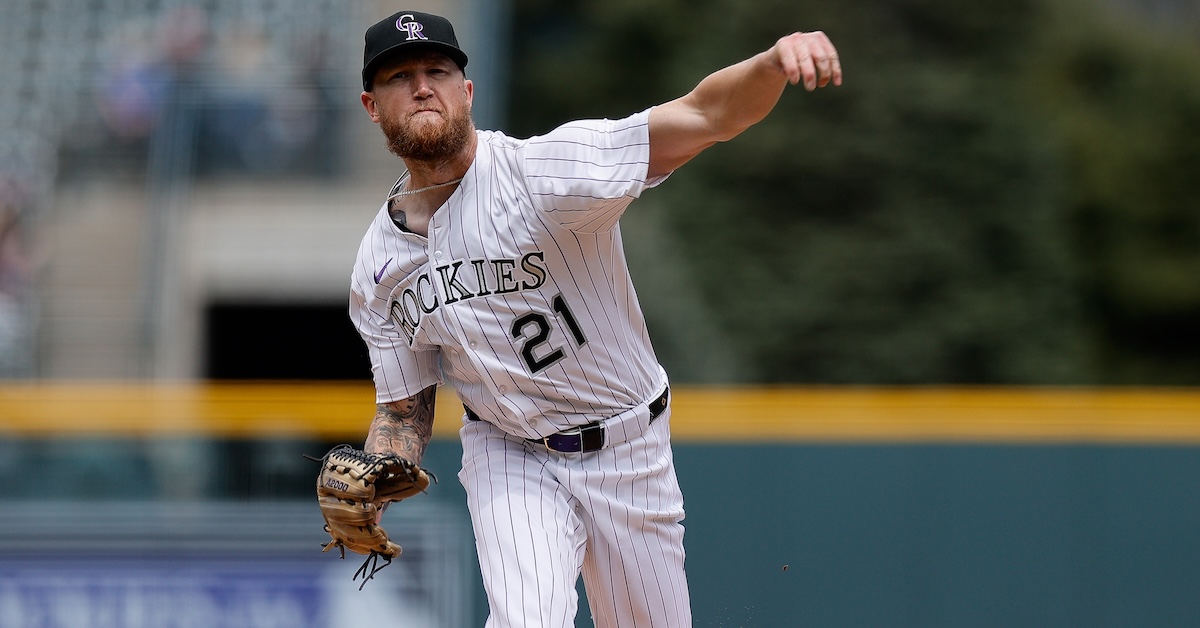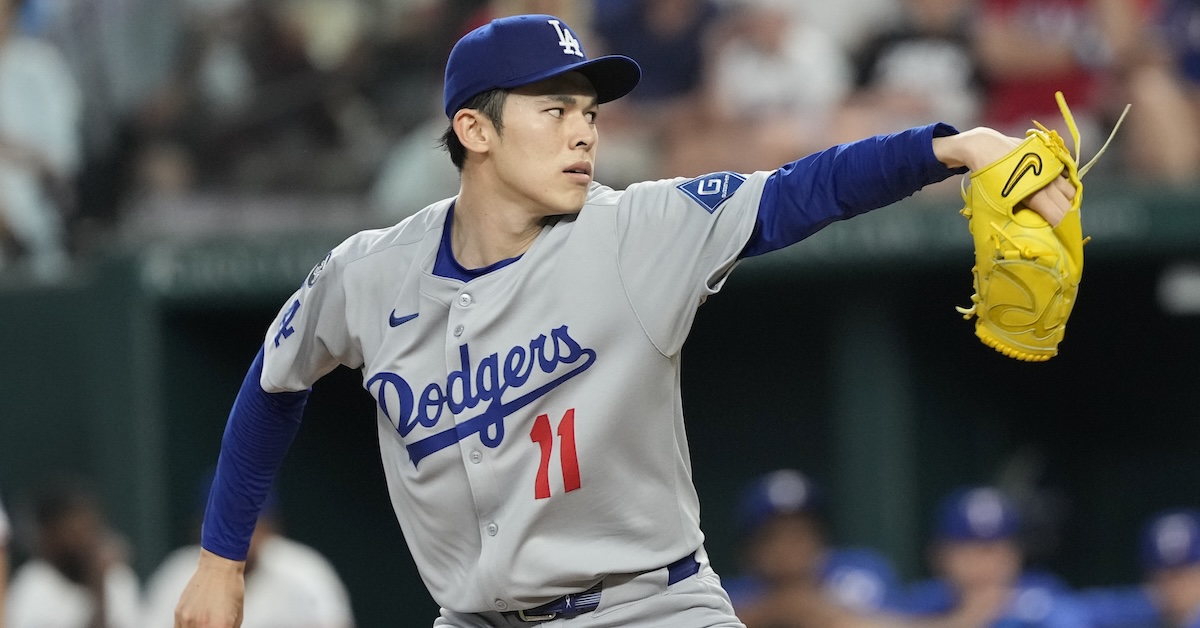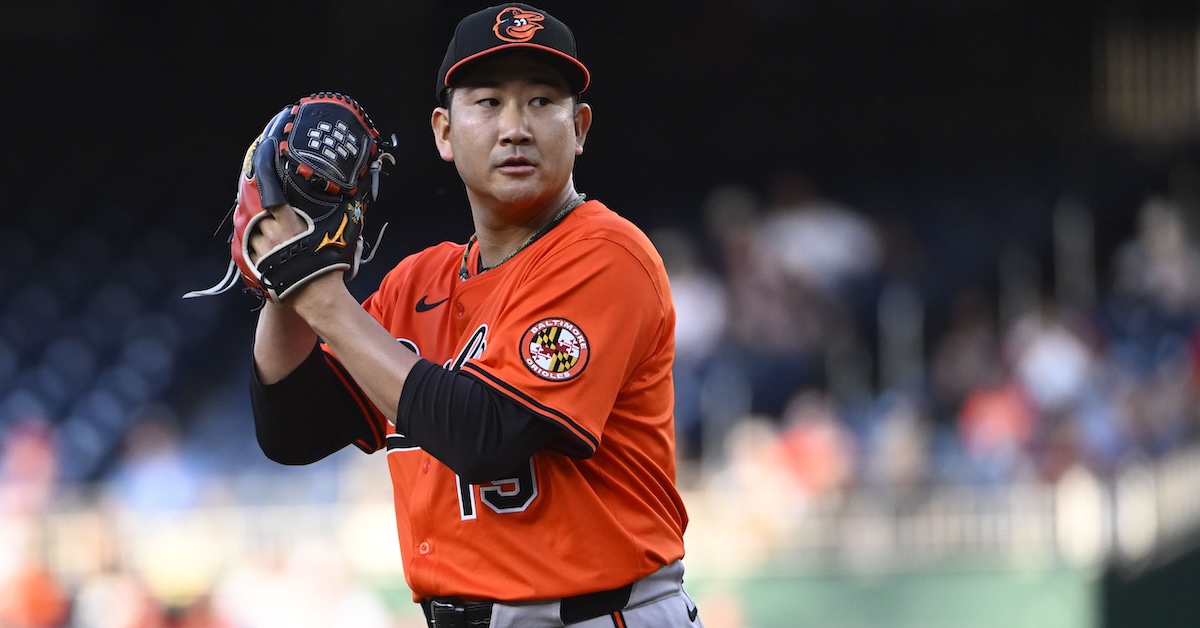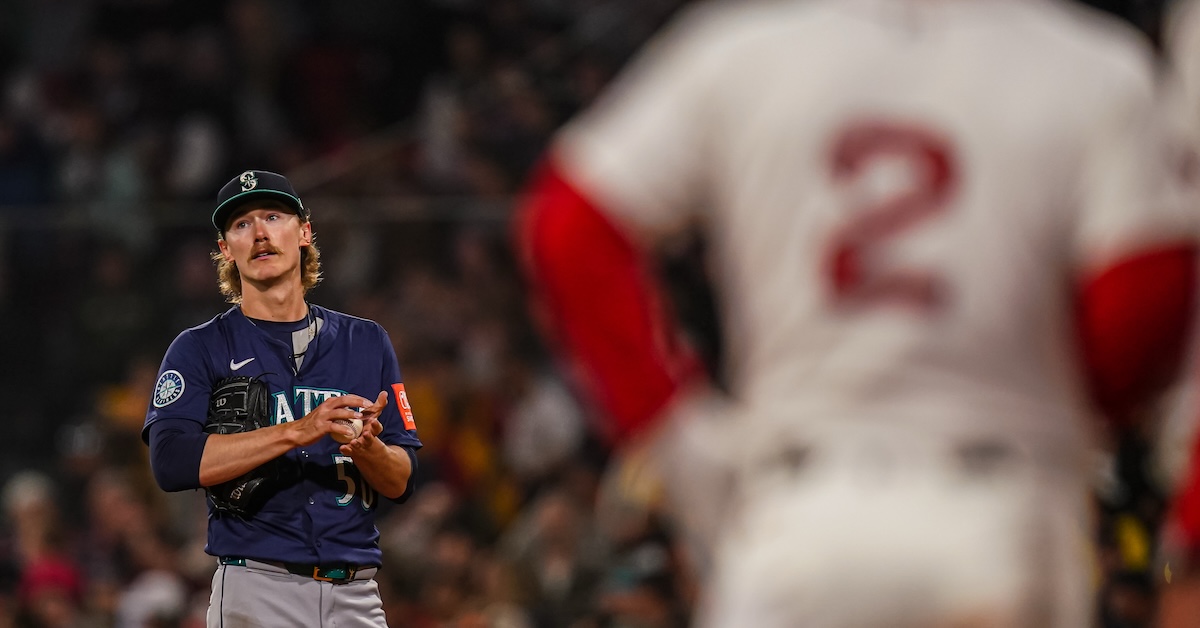“Besting” the 2024 White Sox
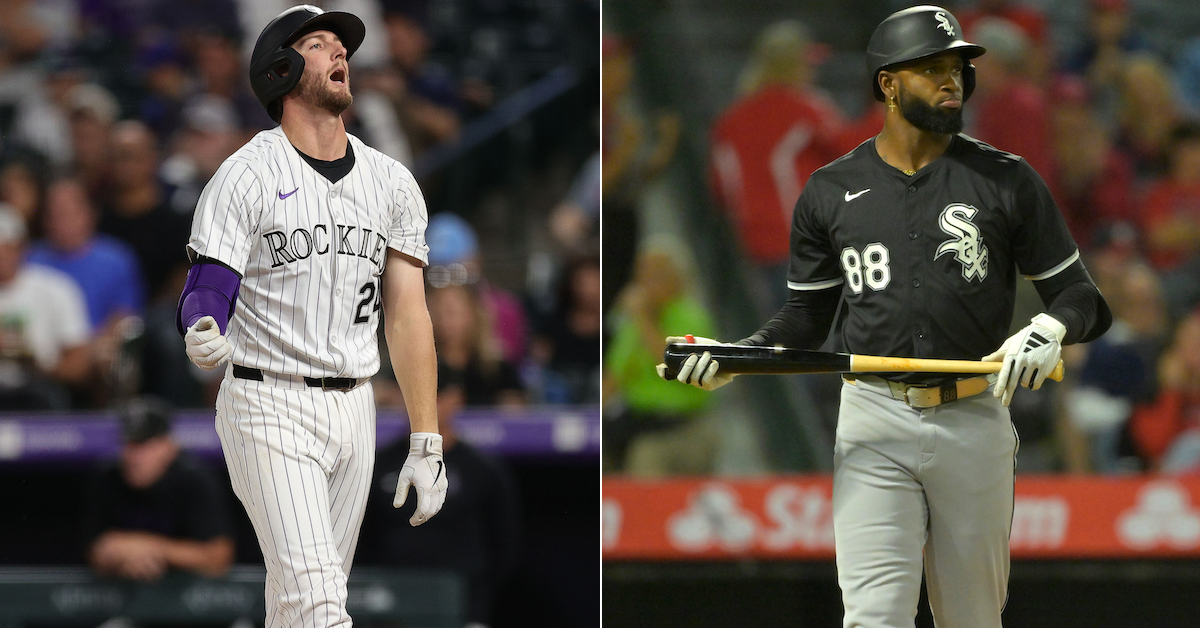
Anything worth doing is worth doing right, and when it came to losing games, the 2024 White Sox were the grandmasters of the art. Sure, the 1899 Cleveland Spiders had a worse record, but that was an intentionally terrible team thanks to an owner who sent the club’s good players over to another team they owned, the St. Louis Perfectos. The 1962 Mets edged the Sox in win percentage, but that notorious team had the advantage of being an expansion club in their first year after an expansion draft that was so short on talent, it resembled a grocery store’s toilet paper aisle during the height of COVID. Last year’s White Sox were just two years removed from a .500 record, and by all accounts, ownership and the front office intended to actually win games. A strong record, however, needs to be forged in the fire of new challengers, and this season, two early contenders have emerged: the Colorado Rockies and the reigning lastpions themselves.
The Rockies are off to a blazing cold start and are the current frontrunners with a 4-20 record. For a team with a winning percentage short of .200, Colorado has received some surprisingly competent pitching performances, with the two main splats being former Cy Young contender Germán Márquez and top prospect Chase Dollander. Where the Rockies have been stunningly poor is on the offensive side of things, with the team hitting .213/.287/.345 and just barely averaging three runs per game. Fourteen hitters have at least 20 plate appearances and more than half of them have a wRC+ below 70. Ryan McMahon’s performance is a particularly low lowlight; the third baseman has 39 strikeouts already thanks to an out-of-zone contact rate under 20%, a number so bananas that it looks like a programming glitch that proves our existence is actually a simulation.
ZiPS thought the Rockies would struggle in 2025, but not to this level. The system’s projection, for a mere 99 losses, even came with a (very) small chance of Colorado making the playoffs as a Wild Card team. After Thursday’s games, I did a full re-simulation of the 2025 season to get a projection for what the Rockies could achieve if they fail to get the wheels back on the cart:
| Wins | Percentage | Cumulative |
|---|---|---|
| 28 | 0.0% | 0.0% |
| 29 | 0.0% | 0.0% |
| 30 | 0.0% | 0.0% |
| 31 | 0.1% | 0.1% |
| 32 | 0.1% | 0.2% |
| 33 | 0.1% | 0.3% |
| 34 | 0.2% | 0.5% |
| 35 | 0.3% | 0.7% |
| 36 | 0.5% | 1.2% |
| 37 | 0.7% | 1.8% |
| 38 | 0.8% | 2.7% |
| 39 | 1.0% | 3.7% |
| 40 | 1.5% | 5.2% |
| 41 | 1.8% | 7.0% |
| 42 | 2.0% | 8.9% |
| 43 | 2.6% | 11.5% |
| 44 | 2.9% | 14.4% |
| 45 | 3.3% | 17.7% |
| 46 | 4.0% | 21.7% |
| 47 | 4.1% | 25.8% |
| 48 | 4.4% | 30.2% |
| 49 | 4.7% | 34.9% |
| 50 | 5.2% | 40.1% |
| 51 | 5.0% | 45.0% |
| 52 | 5.4% | 50.4% |
| 53 | 5.2% | 55.6% |
| 54 | 5.1% | 60.7% |
| 55 | 5.0% | 65.7% |
| 56 | 4.7% | 70.4% |
| 57 | 4.3% | 74.7% |
| 58 | 4.1% | 78.8% |
| 59 | 3.7% | 82.5% |
| 60 | 3.3% | 85.7% |
| 61 | 2.8% | 88.5% |
| 62 | 2.4% | 91.0% |
| 63 | 1.9% | 92.9% |
| 64 | 1.7% | 94.6% |
| 65 | 1.3% | 95.9% |
| 66 | 1.1% | 97.1% |
| 67 | 0.9% | 97.9% |
| 68 | 0.6% | 98.6% |
| 69 | 0.4% | 99.0% |
| 70 | 0.4% | 99.4% |
| 71 | 0.2% | 99.6% |
| 72 | 0.2% | 99.8% |
| 73 | 0.1% | 99.9% |
| 74 | 0.1% | 99.9% |
| 75 | 0.0% | 100.0% |
| 76 | 0.0% | 100.0% |
| 77 | 0.0% | 100.0% |
| 78 | 0.0% | 100.0% |
| 79 | 0.0% | 100.0% |
| 80 | 0.0% | 100.0% |
| 81 | 0.0% | 100.0% |
Naturally, the team’s small sliver of playoff probability has been wiped out by April. In the preseason projections, the Rockies only had a 1.5% chance of matching 121 losses and a 0.8% chance of setting a new record. So while the feat was at least plausible, it was a long shot. The odds are still strongly against — losing this many games is really hard — but seven and five percent are bonafide countin’ numbers.
Colorado’s biggest obstacle in the pursuit of infamy is that there are real reasons for hope when looking at the roster. As mentioned above, Márquez and Dollander have been terrible, but there is still at least some remaining chance that the former can get back to where he was, and the latter is an elite prospect. Michael Toglia is a Triple-A-caliber first baseman, not a pitcher dragooned into the lineup, and will surely fall short of his -6 WAR pace. Ezequiel Tovar is a better player than this, and guys like Zac Veen and Adael Amador have legitimate upside. The Rockies simply have a lot of saving throws that could lead to more positive outcomes this year. The start makes it possible that the Rockies will match the 2024 Sox for futility, but when you watch Colorado, your eyes aren’t physically forced to stare blurrily into middle distance at the Stygian maw, where nothing will give your frozen gaze succor from the dread of oblivion and Chris Davis‘ contract.
But hey, we still have the OGs, the White Sox, to look at. At 6-19, they’re a game and a half behind the Rockies for these purposes, but if ZiPS is to be believed, they’re a fundamentally worse roster. Chicago’s 52-110 projected record coming into the 2025 season is the worst projection ZiPS has ever given a team (not counting that article last year where I projected how Triple-A teams would fare in the majors):
| Win | Percentage | Cumulative |
|---|---|---|
| 28 | 0.0% | 0.0% |
| 29 | 0.1% | 0.1% |
| 30 | 0.1% | 0.2% |
| 31 | 0.2% | 0.4% |
| 32 | 0.3% | 0.7% |
| 33 | 0.4% | 1.1% |
| 34 | 0.6% | 1.7% |
| 35 | 0.9% | 2.6% |
| 36 | 1.3% | 3.9% |
| 37 | 1.5% | 5.4% |
| 38 | 1.9% | 7.3% |
| 39 | 2.4% | 9.7% |
| 40 | 2.8% | 12.4% |
| 41 | 3.4% | 15.8% |
| 42 | 3.7% | 19.6% |
| 43 | 4.1% | 23.6% |
| 44 | 4.7% | 28.3% |
| 45 | 5.1% | 33.4% |
| 46 | 5.3% | 38.7% |
| 47 | 5.5% | 44.2% |
| 48 | 5.4% | 49.6% |
| 49 | 5.3% | 54.9% |
| 50 | 5.1% | 60.0% |
| 51 | 5.0% | 65.0% |
| 52 | 4.7% | 69.7% |
| 53 | 4.4% | 74.1% |
| 54 | 4.2% | 78.3% |
| 55 | 3.7% | 82.0% |
| 56 | 3.2% | 85.2% |
| 57 | 2.9% | 88.1% |
| 58 | 2.5% | 90.6% |
| 59 | 2.0% | 92.7% |
| 60 | 1.6% | 94.3% |
| 61 | 1.5% | 95.8% |
| 62 | 1.2% | 96.9% |
| 63 | 0.8% | 97.7% |
| 64 | 0.7% | 98.4% |
| 65 | 0.5% | 98.9% |
| 66 | 0.4% | 99.2% |
| 67 | 0.3% | 99.5% |
| 68 | 0.2% | 99.7% |
| 69 | 0.1% | 99.8% |
| 70 | 0.1% | 99.9% |
| 71 | 0.0% | 100.0% |
| 72 | 0.0% | 100.0% |
| 73 | 0.0% | 100.0% |
| 74 | 0.0% | 100.0% |
| 75 | 0.0% | 100.0% |
| 76 | 0.0% | 100.0% |
| 77 | 0.0% | 100.0% |
| 78 | 0.0% | 100.0% |
| 79 | 0.0% | 100.0% |
| 80 | 0.0% | 100.0% |
| 81 | 0.0% | 100.0% |
ZiPS gives the White Sox a 16% chance of matching last year’s loss total and a 12% chance — better than the probability of an Aaron Judge homer — of besting it. Where the White Sox and Rockies differ in the pantheon of lousy teams is that the Sox are currently configured in a way that greatly limits their upside. For a rebuilding team, the starting lineup is surprisingly old and established; players like Nick Maton, Michael A. Taylor, and Matt Thaiss have a use as role players on a good team, but the ceiling on their performance is quite low. Currently injured players such as Josh Rojas and Mike Tauchman are in the same boat. The Sox have built a Triple-A-caliber team with a roster that looks like one. If you had been out of the country and behind on the baseball news and someone gave you a printout of this roster with “Charlotte Knights” at the top, would it immediately register as wrong?
That’s not to say there aren’t any players with upside. I actually like the return the Sox got for Garrett Crochet, and think that Kyle Teel, Chase Meidroth, and Braden Montgomery could all have futures in the majors. Shane Smith has been a highlight for me as a starter, and I’m totally digging Brandon Eisert’s hot start as a junk-tossing Doug Jones-esque reliever, an archetype you don’t see very often in modern baseball. But the prospects won’t be prominent quickly enough, and the interesting pitchers are too few, to give this team a real sense of short-term optimism.
There’s even a chance that both teams tie or set the record, with the Rockies and White Sox both at least tying the record in 1% of simulations and both beating the record in 0.6% of the runs. It’s too soon to known whether we’ll see a true Lossapalooza or merely two ordinarily lousy teams come September, but it’s fun to dream… darkly.


